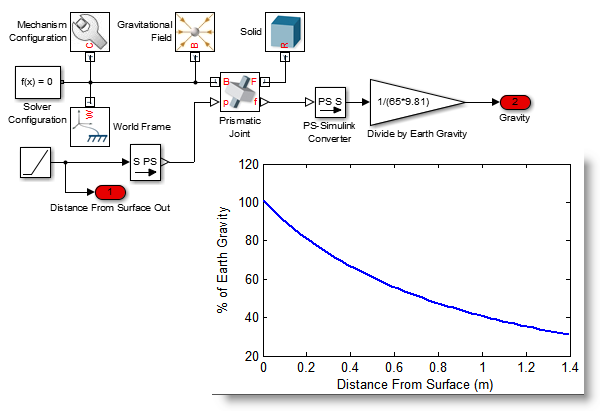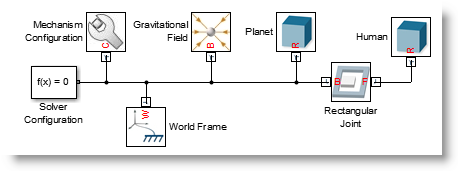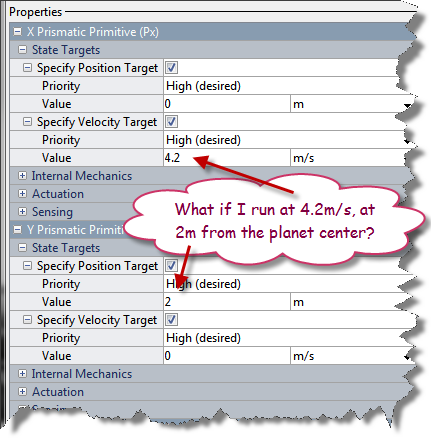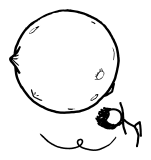What If? – The Little Planet
Recently, I was happy to find in my mailbox the book What If?: Serious Scientific Answers to Absurd Hypothetical Questions, from Randall Munroe, the author of the website XKCD.com.

Since I am really enjoying the book, I decided that for this week's post I would use Simulink to validate some of the numbers provided by the author to one of the question in the book: If an asteroid was very small but supermassive, could you really live on it like the Little Prince?
What would the gravity feel like on this little planet?
For a tiny asteroid of 1.75m radius like the one in Le Petit Prince, by Antoine de Saint-Exupéry to have a gravitational field comparable to the one on Earth, it would need to weight about 500 million tons.
But how would this gravitational field change as you get farther form the surface? Since the radius is so small, the effect of the gravity would quickly go down, as illustrated by Randall:

Source: http://what-if.xkcd.com/68/
To validate that, I used a new R2014a feature in SimMechanics: The Gravitational Field block. To test the effect of the gravity, I simply linked together the Gravitational Field of 500 million tons and a Solid of 65kg with a Prismatic Joint, and slowly increased the distance between them. As you can see, the SimMechanics results match the book pretty well!

What About the Escape Velocity?
The next thing mentioned in the book is that if you were able to run fast enough (~5m/s) and jump, you could escape the asteroid gravity field:

Source: http://what-if.xkcd.com/68/
In SimMechanics, I replaced the Prismatic Joint by a Rectangular Joint:

I specified appropriate initial conditions for the joint:

I clicked play and I could see in the Mechanics Explorer that for the chosen speed, I would end up in a pretty steady almost circular orbit:

How stable would that orbit be?
The book mentions that the orbit would be weird...

Source: http://what-if.xkcd.com/68/
To test that, I replaced the Rectangular Joint by a Planar Joint, to allow rotation. Then I dug out the skater I had built in a previous post about the Olympics and without any modification made him move his arms while in orbit... definitely, the trajectory is interesting:

Now it's your turn
I guess this blog post highlights the fact that you should always trust what you read on XKCD!
Thanks to the Gravitational Field block of SimMechanics, I can now begin to plan space missions without digging out my notes from the orbital mechanics class I took during grad school!
Let us know what you think by leaving a comment here.









评论
要发表评论,请点击 此处 登录到您的 MathWorks 帐户或创建一个新帐户。